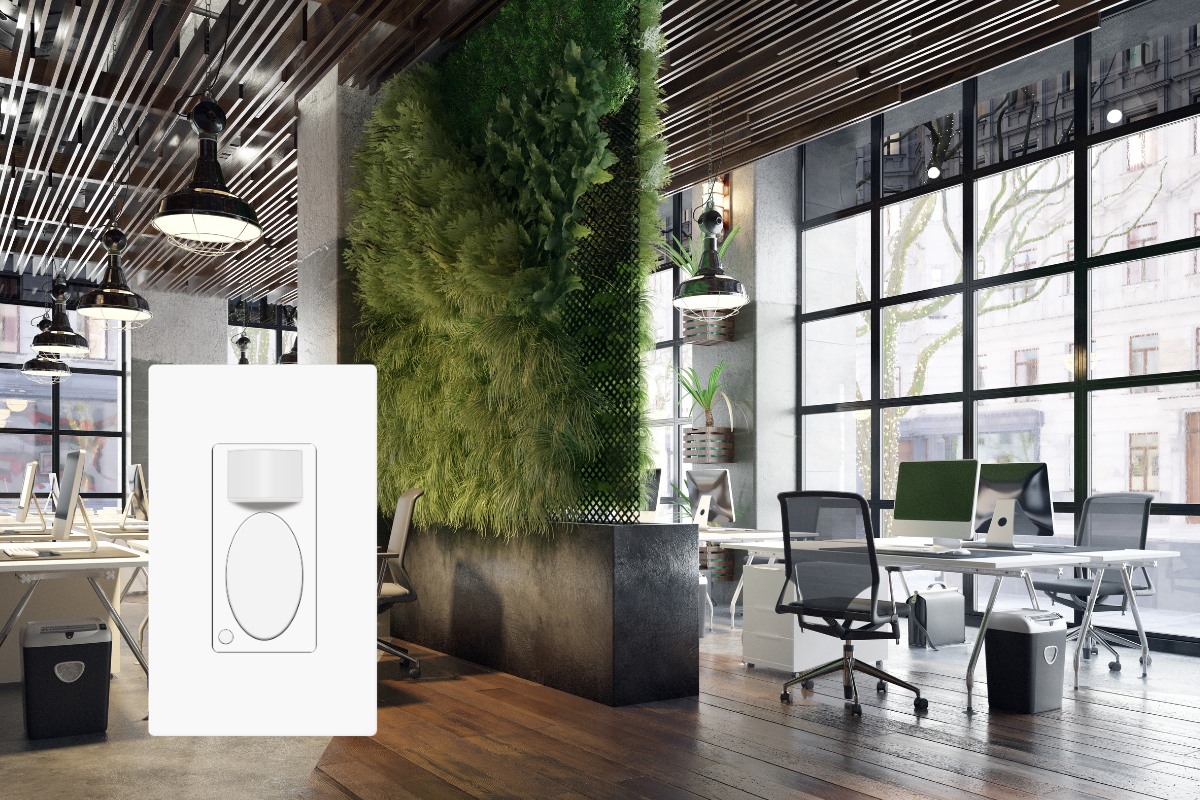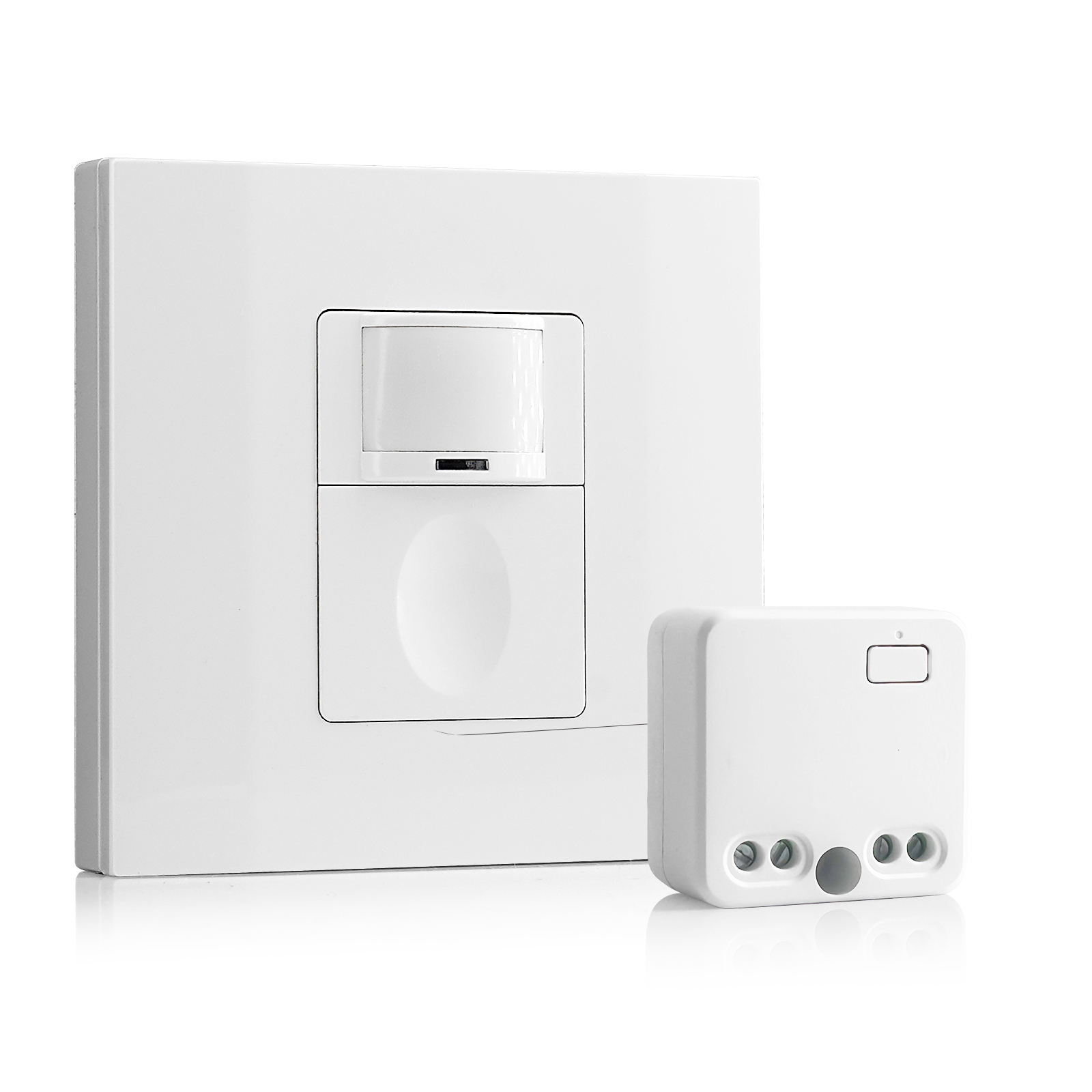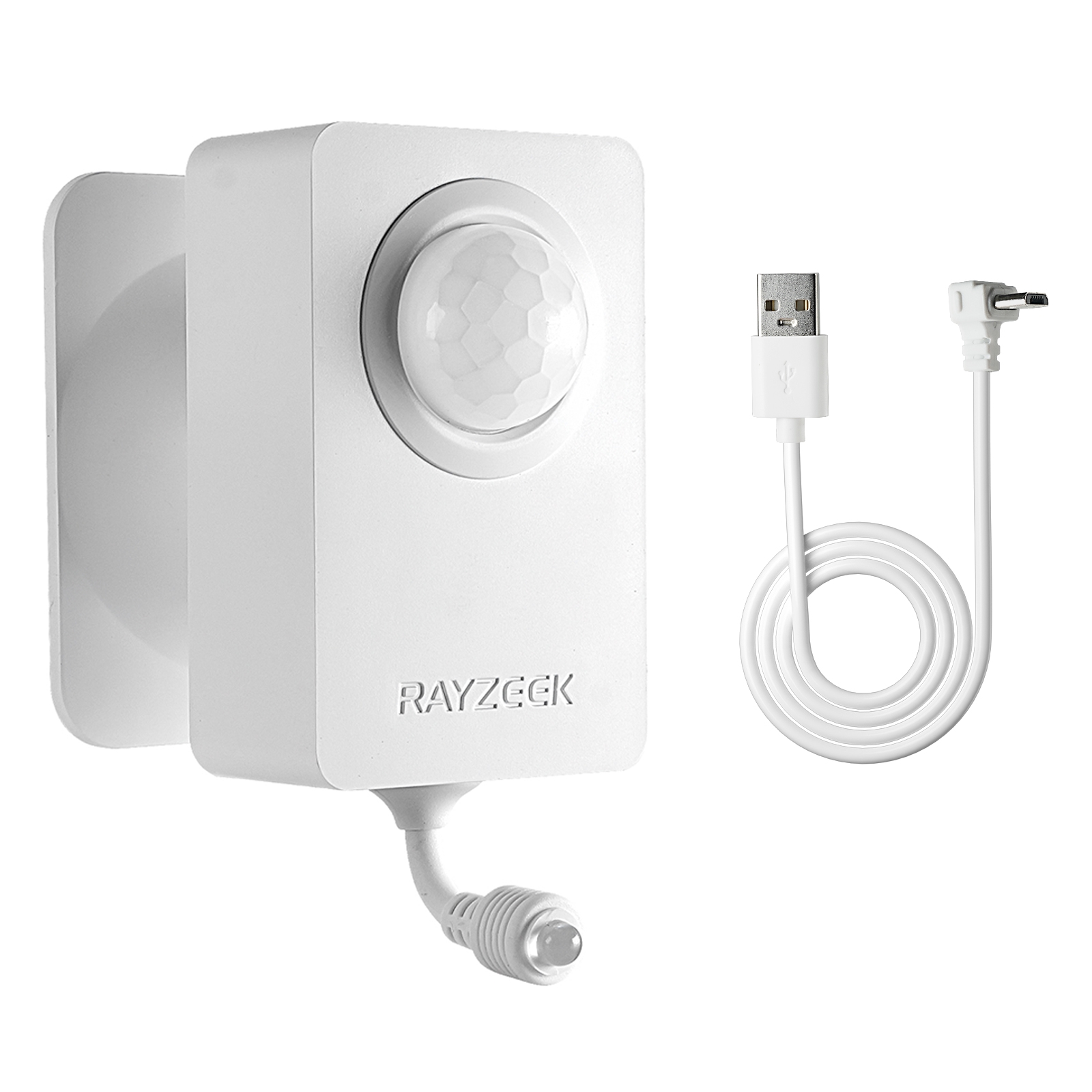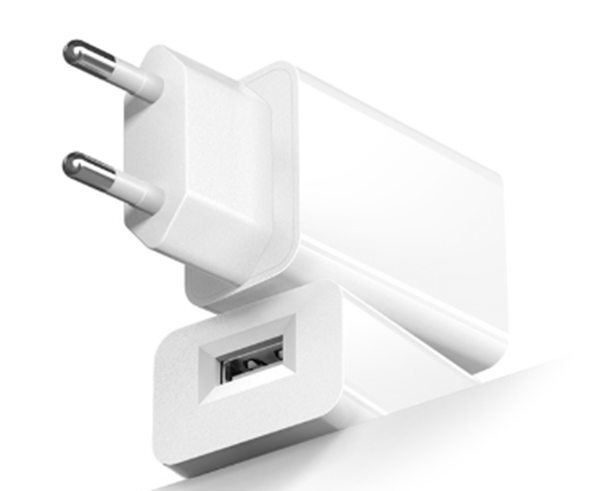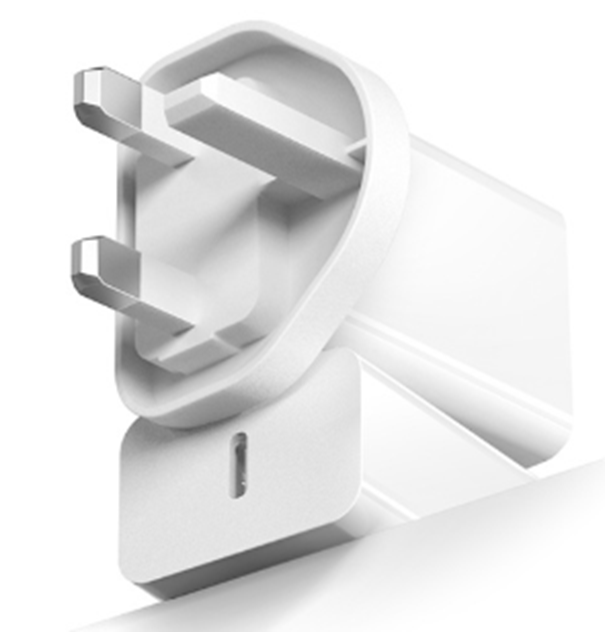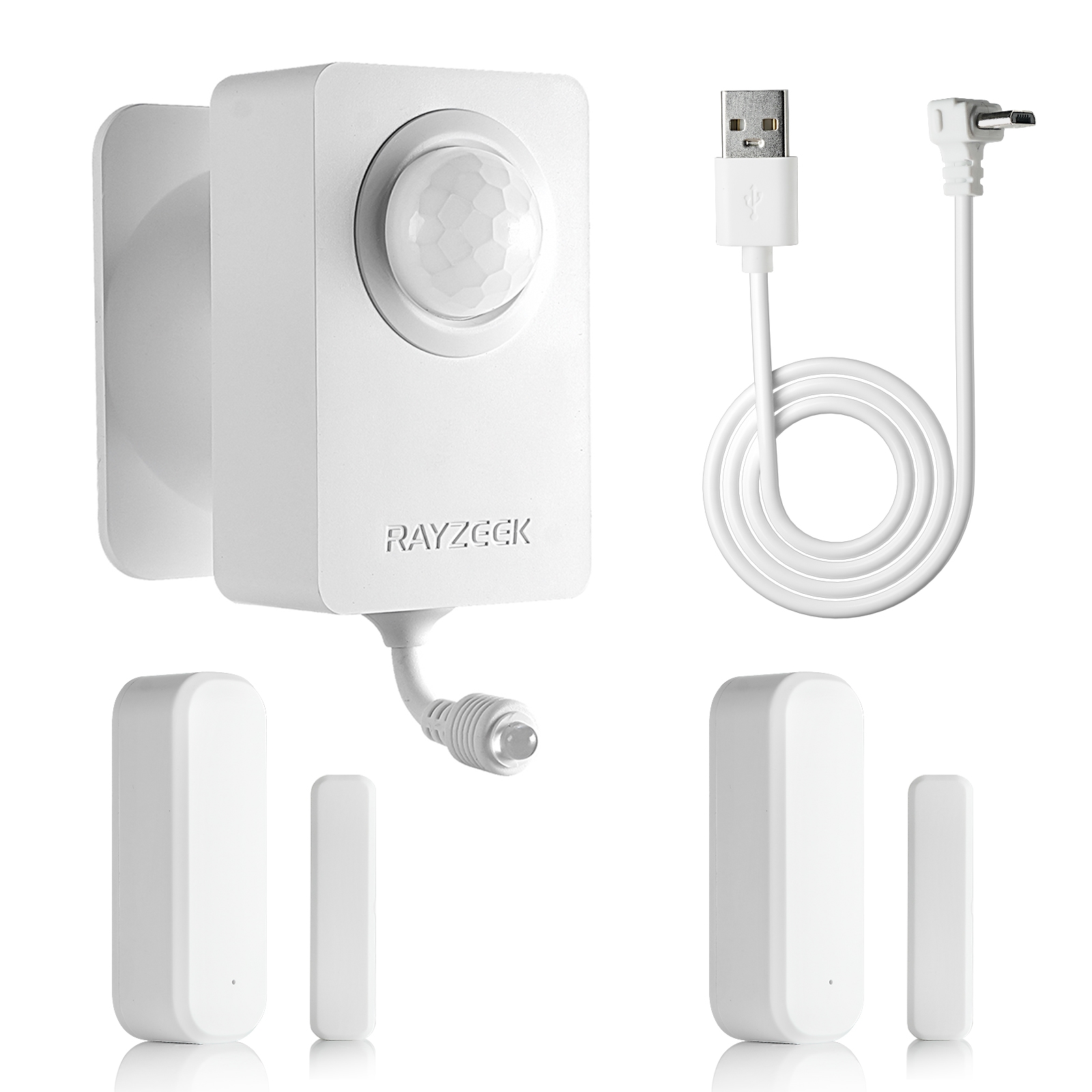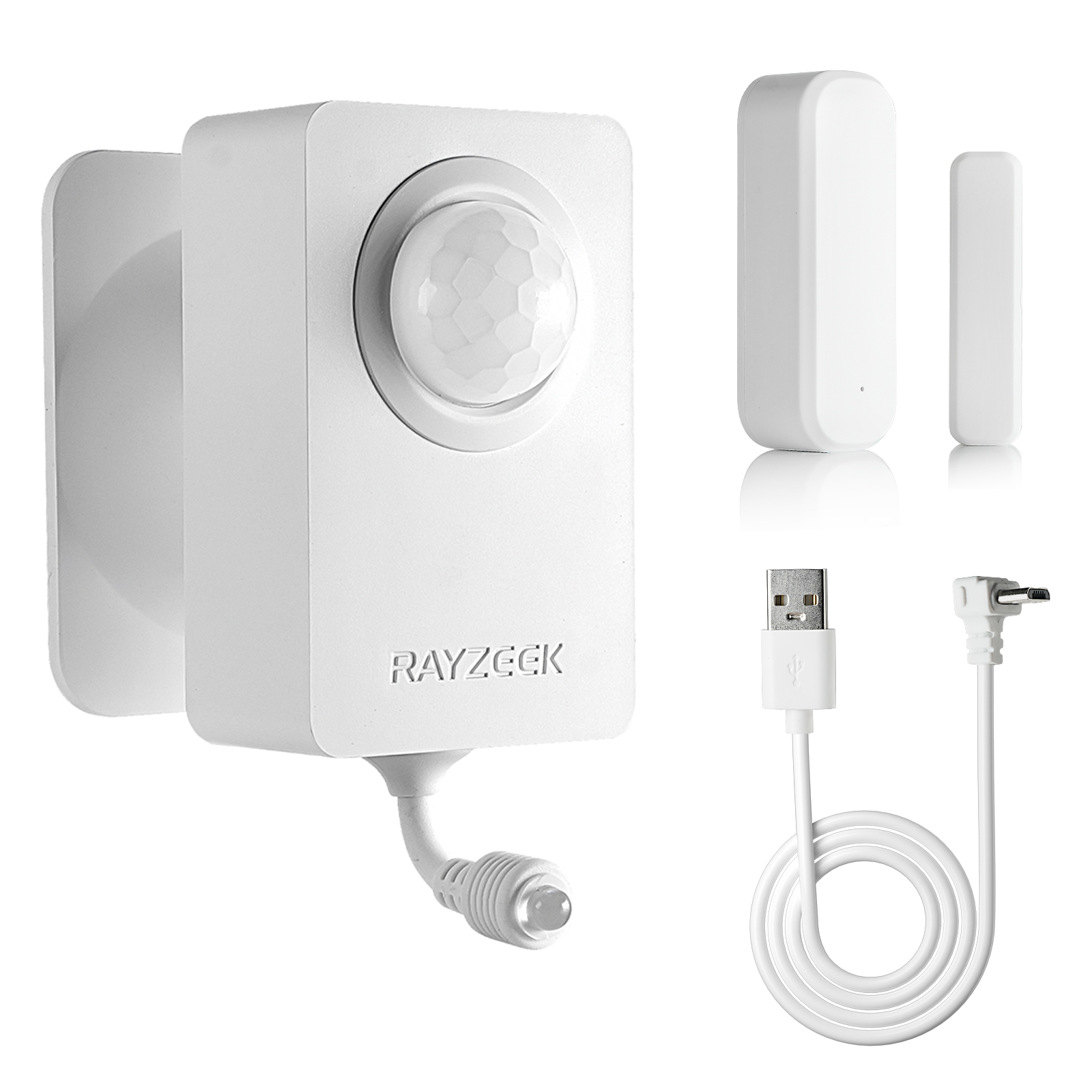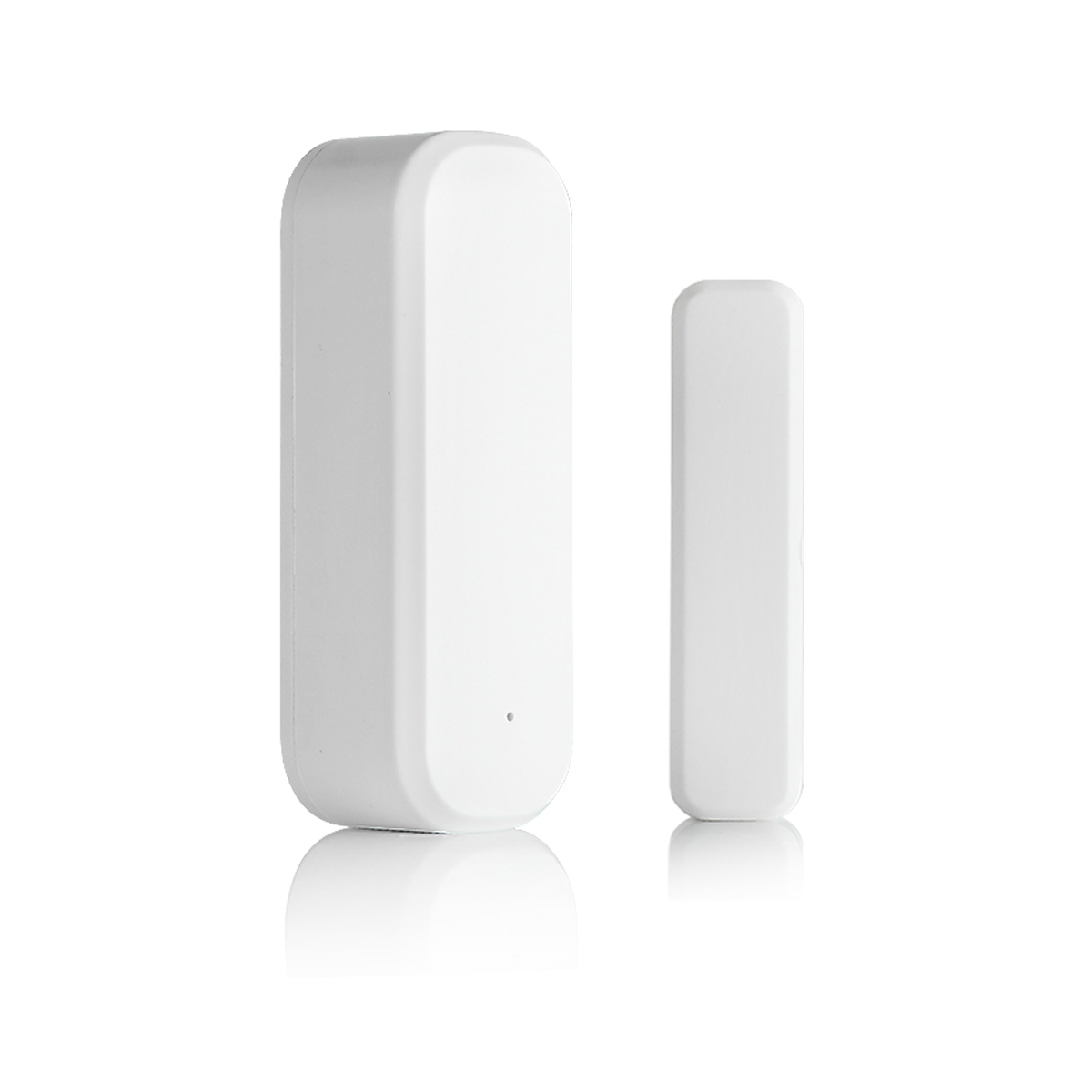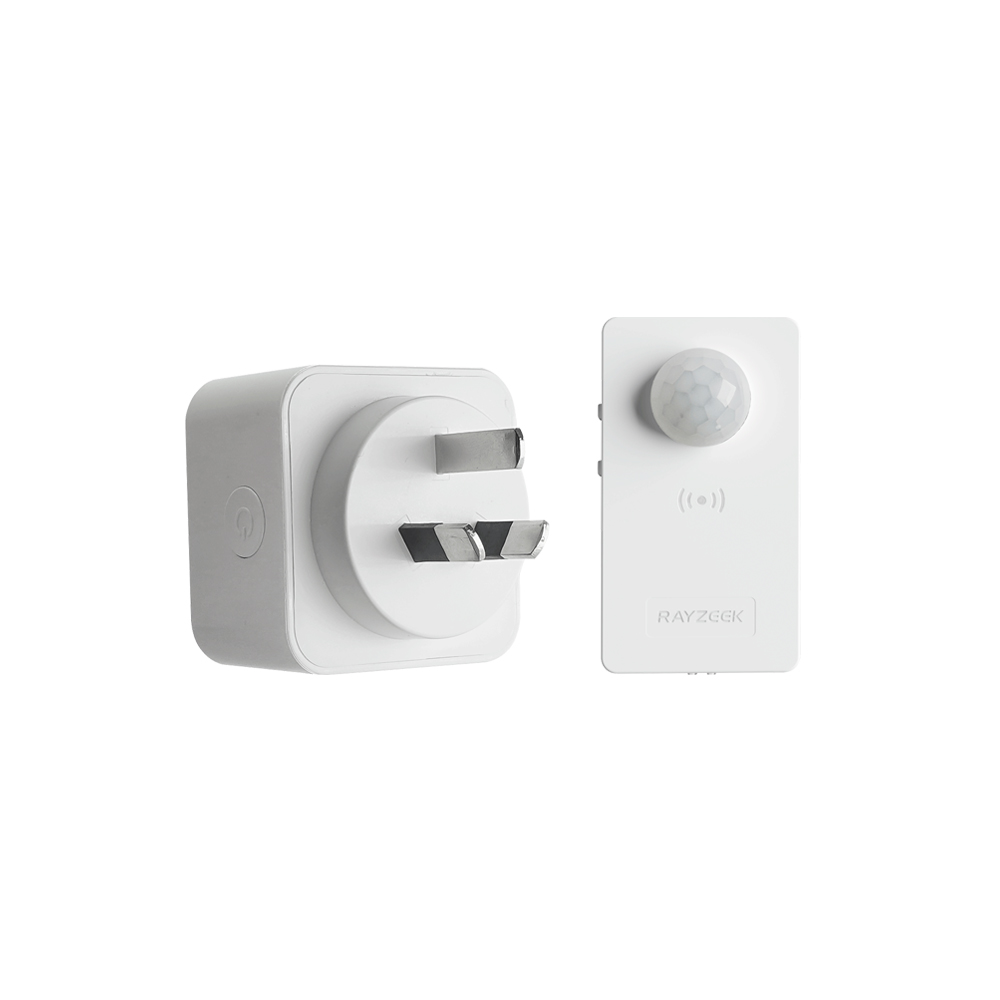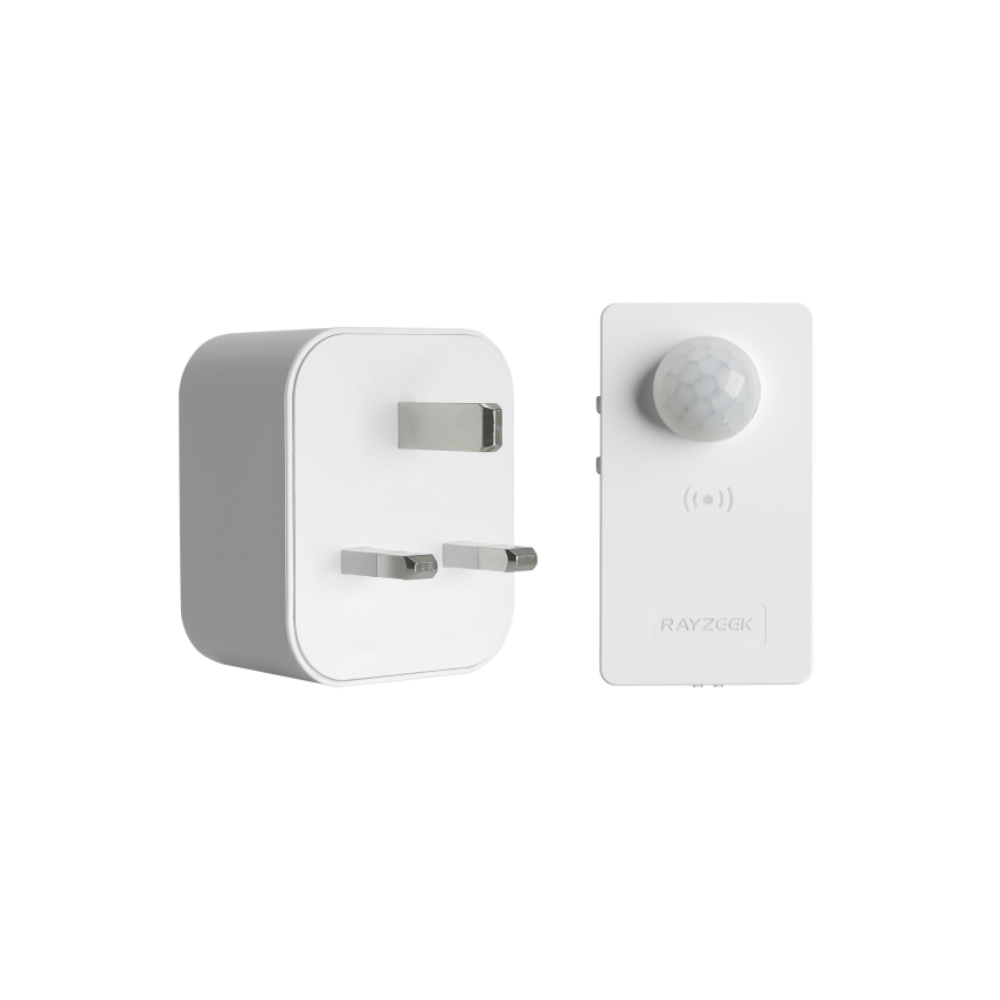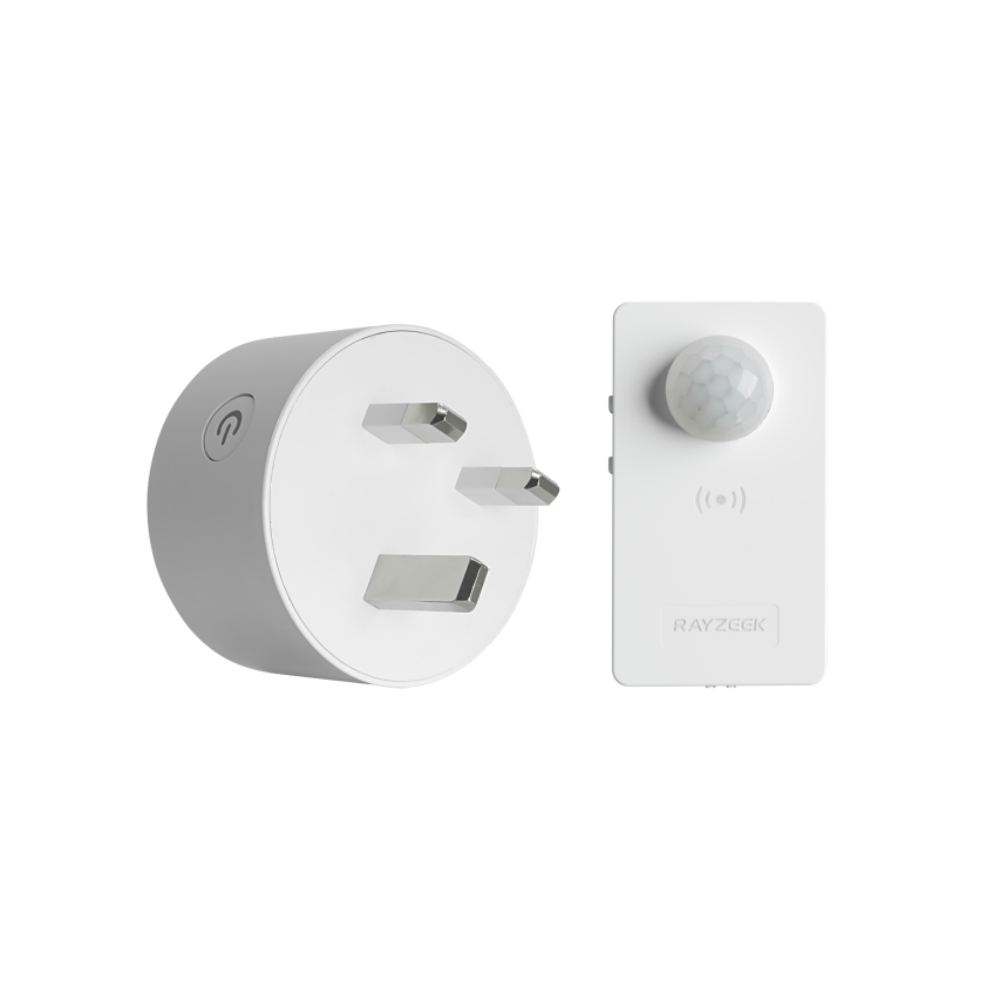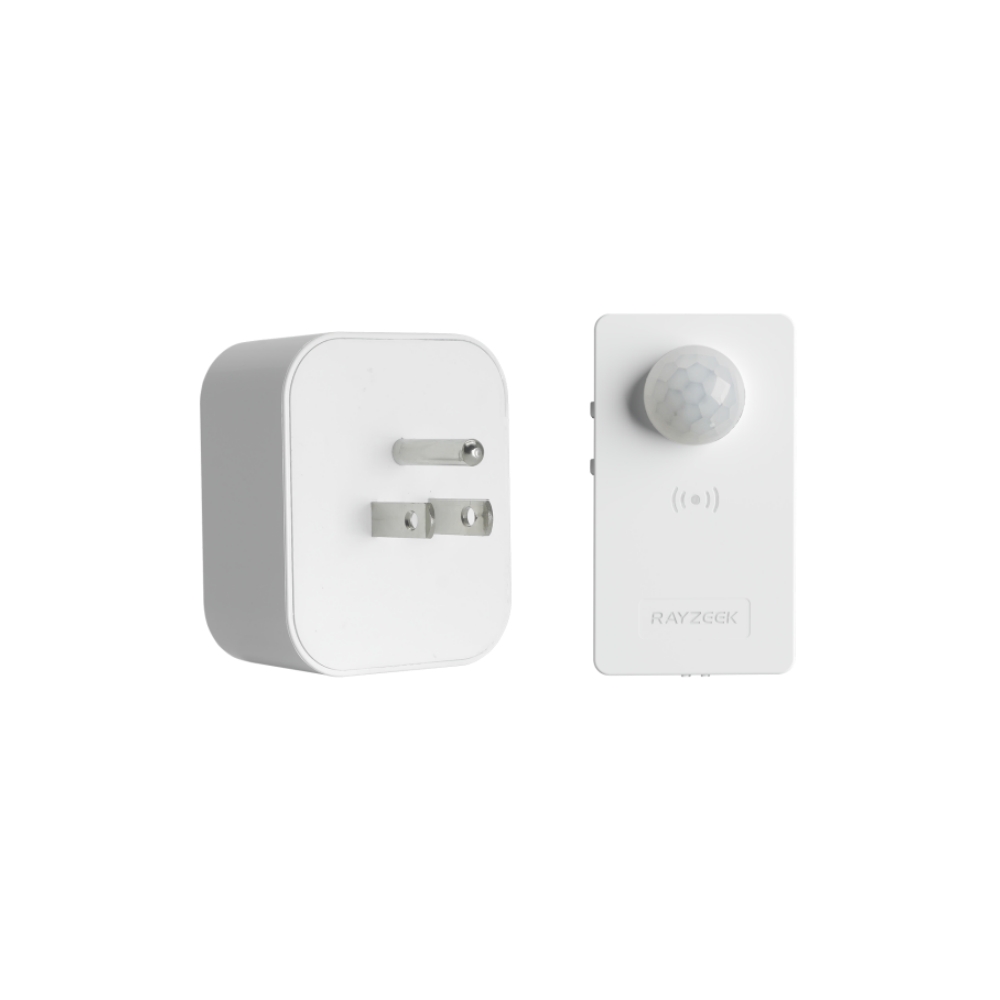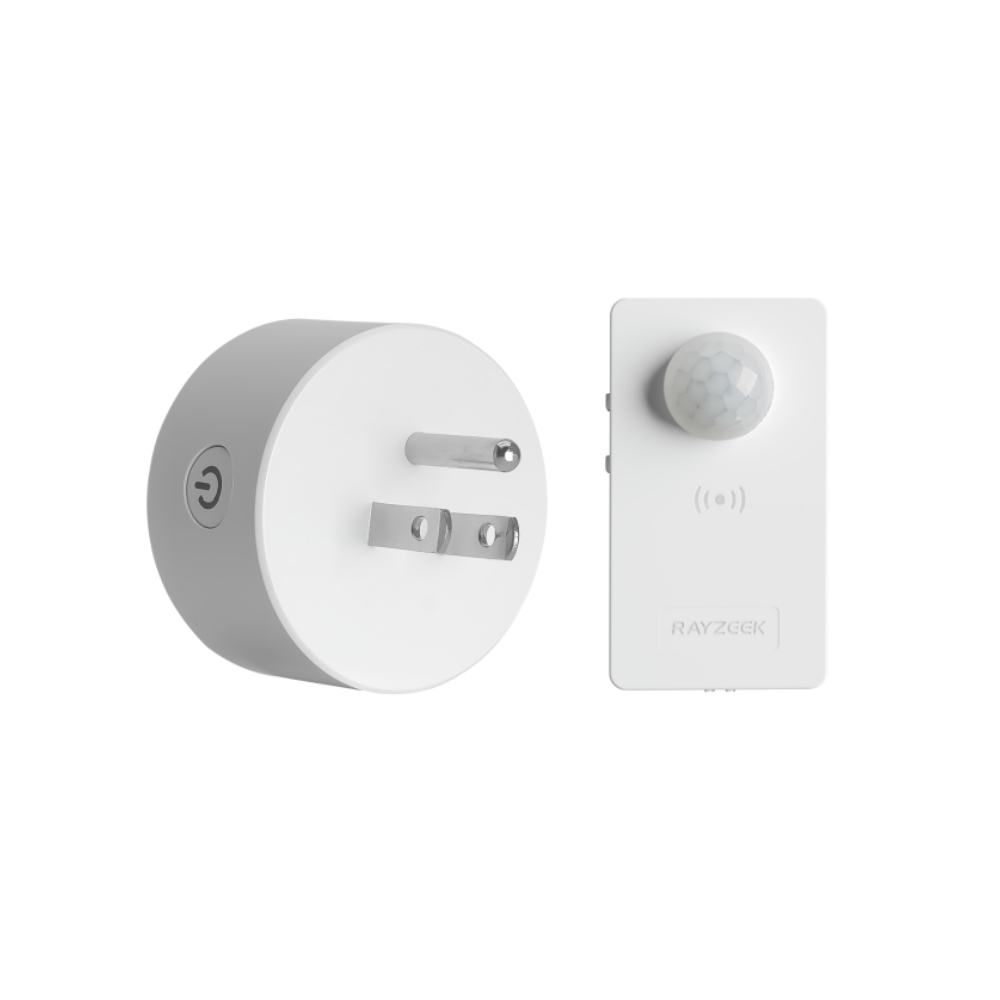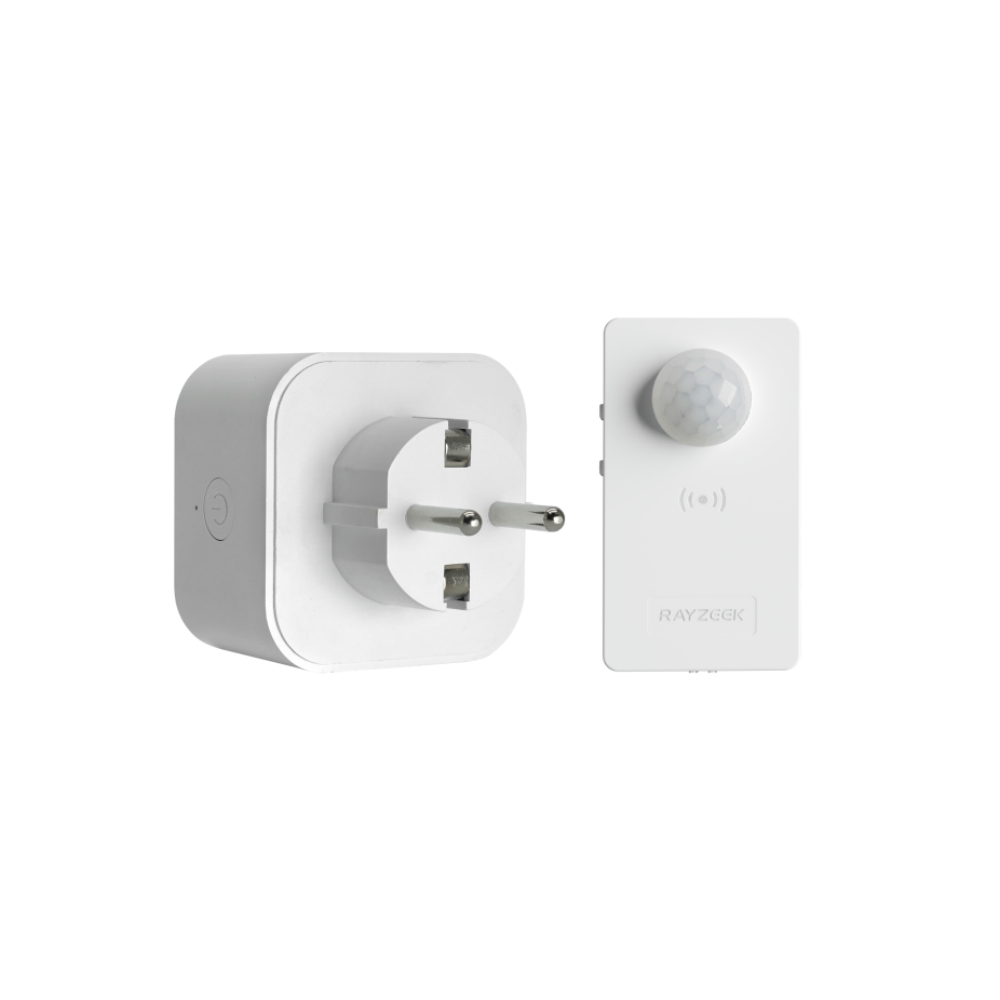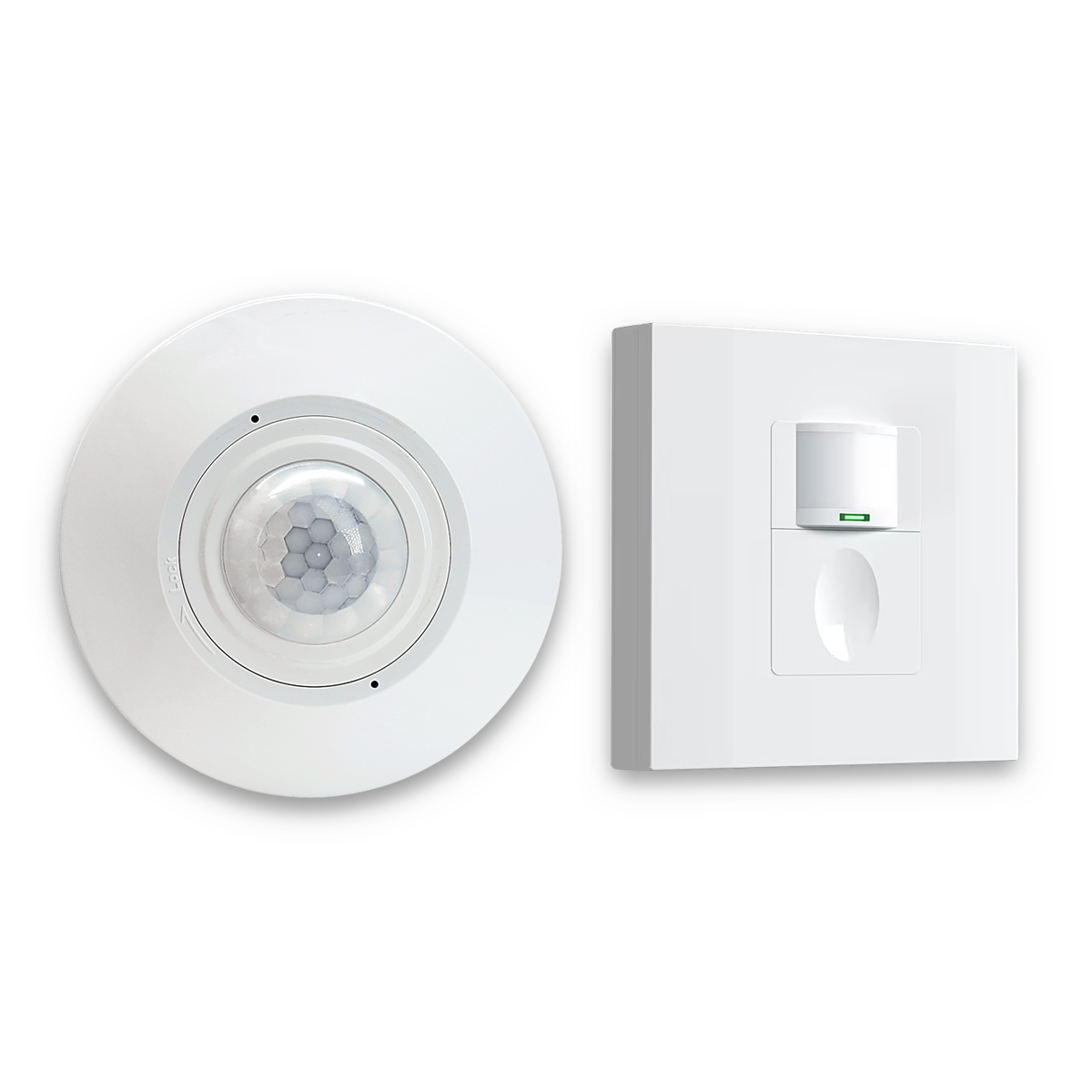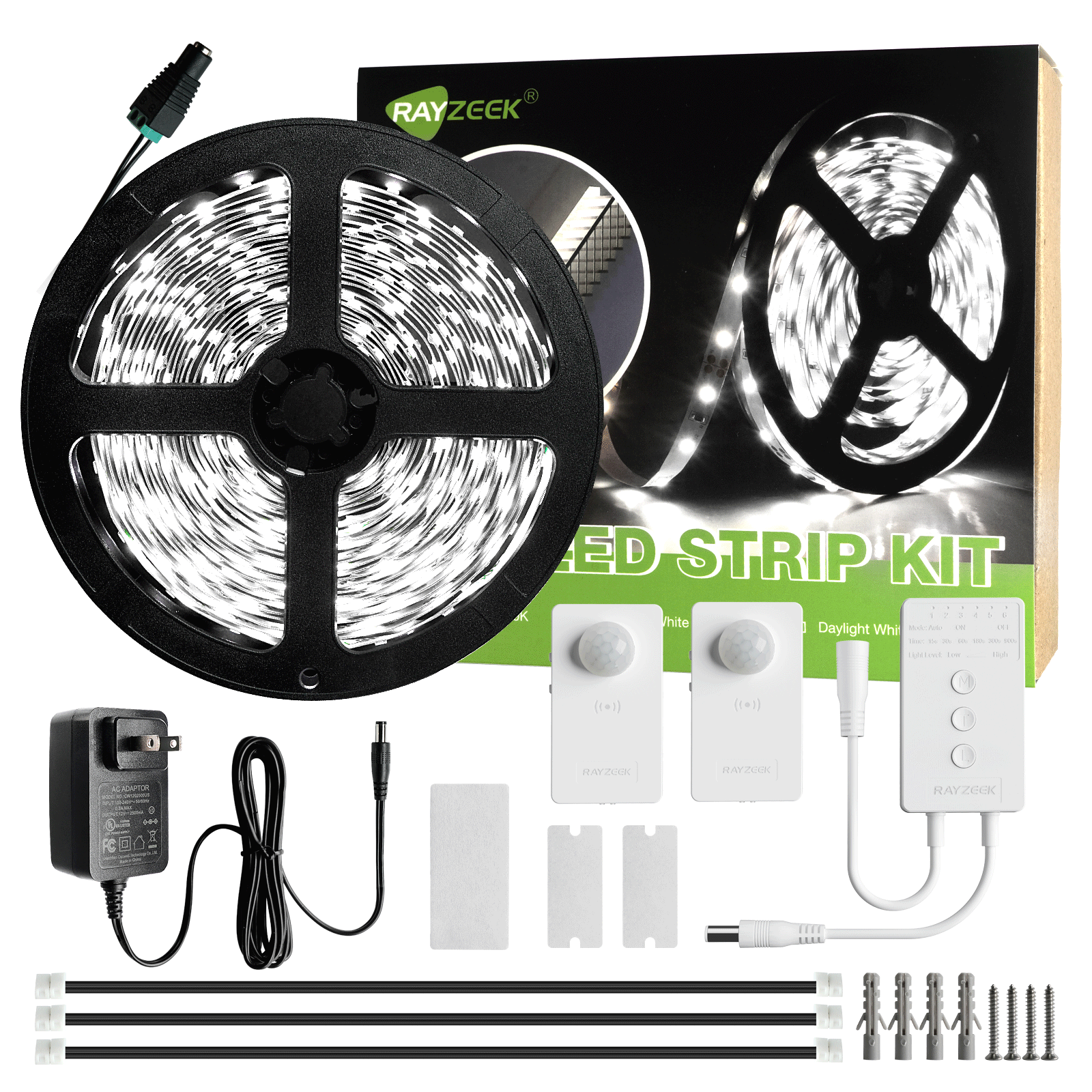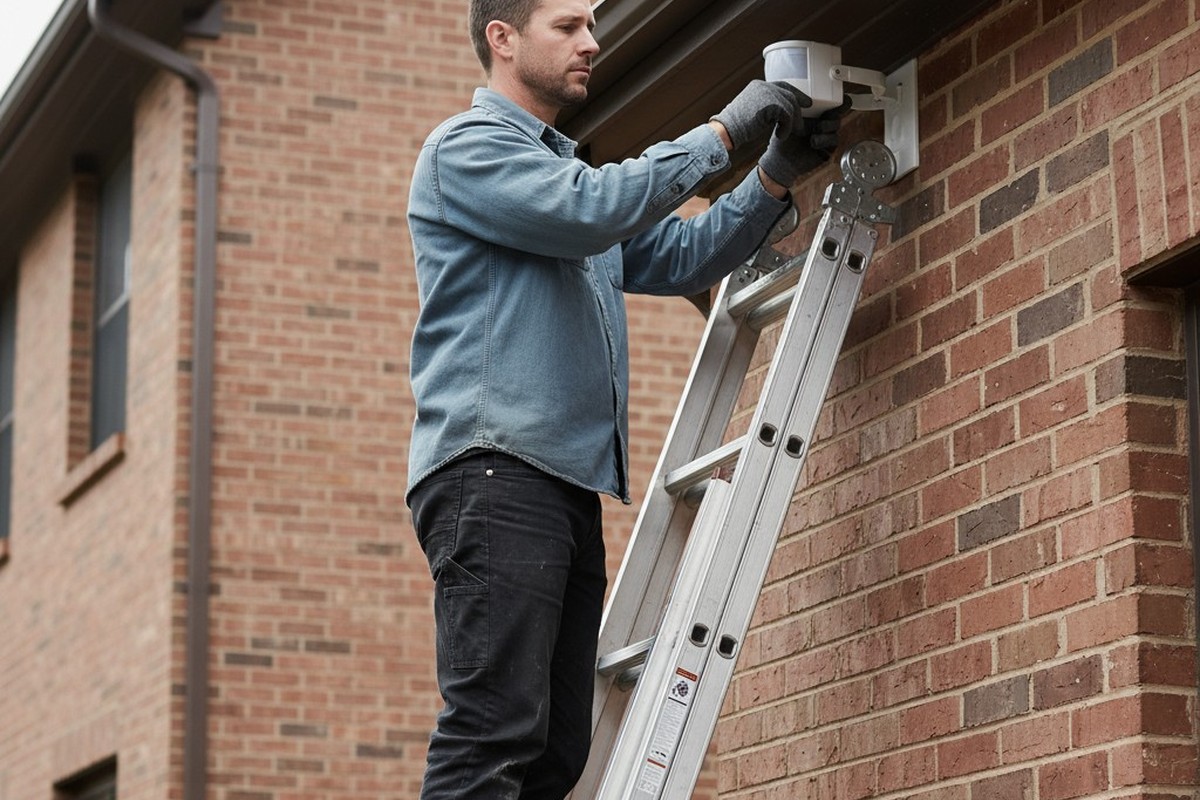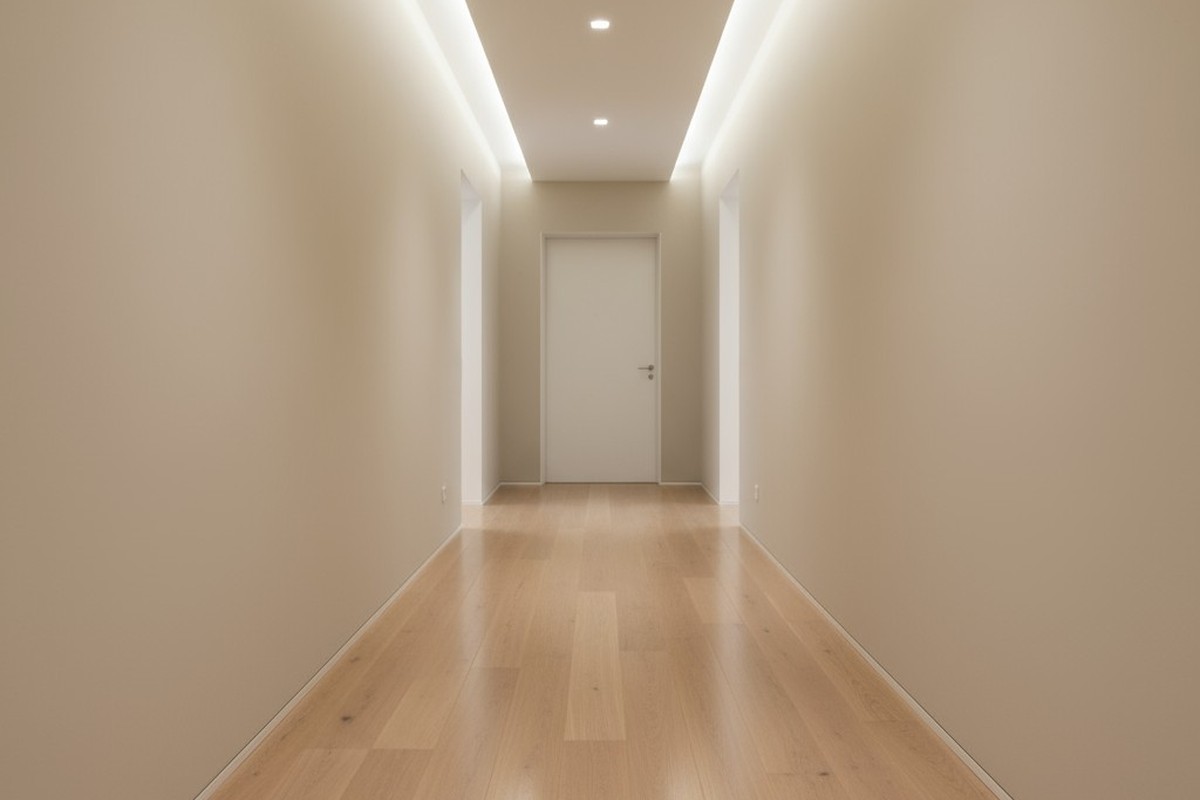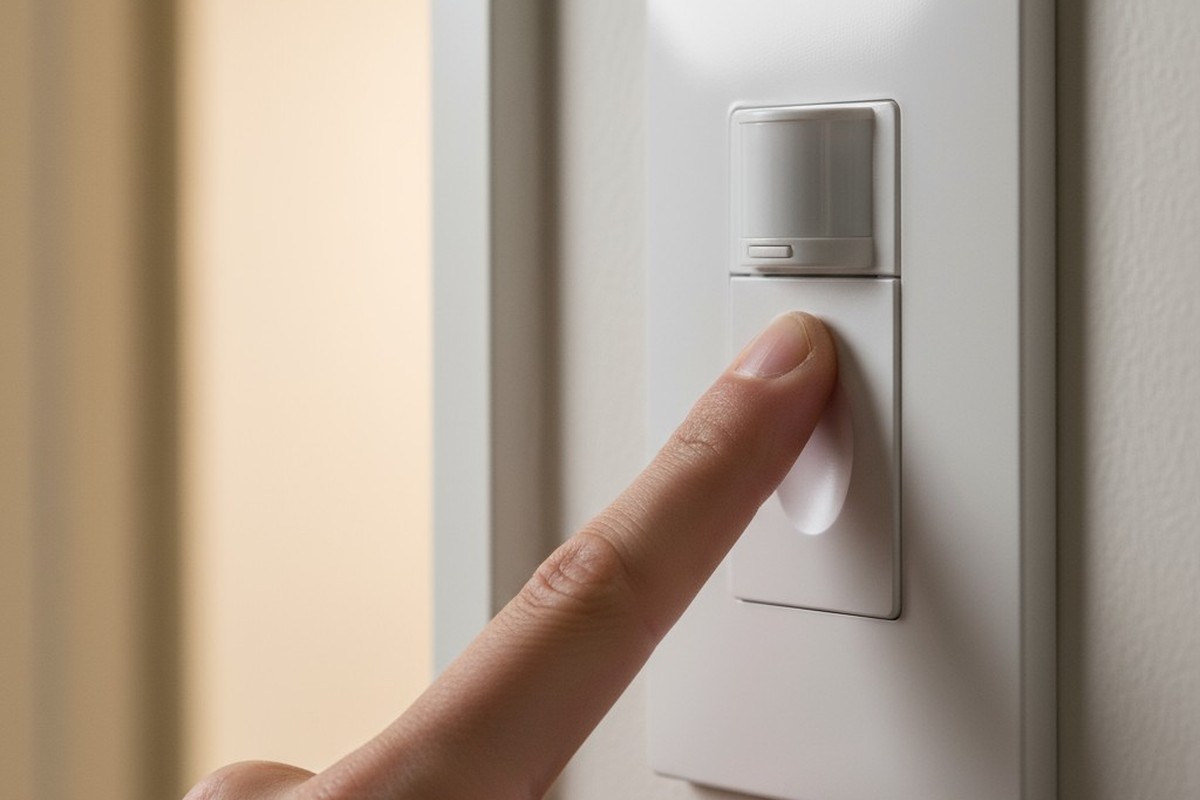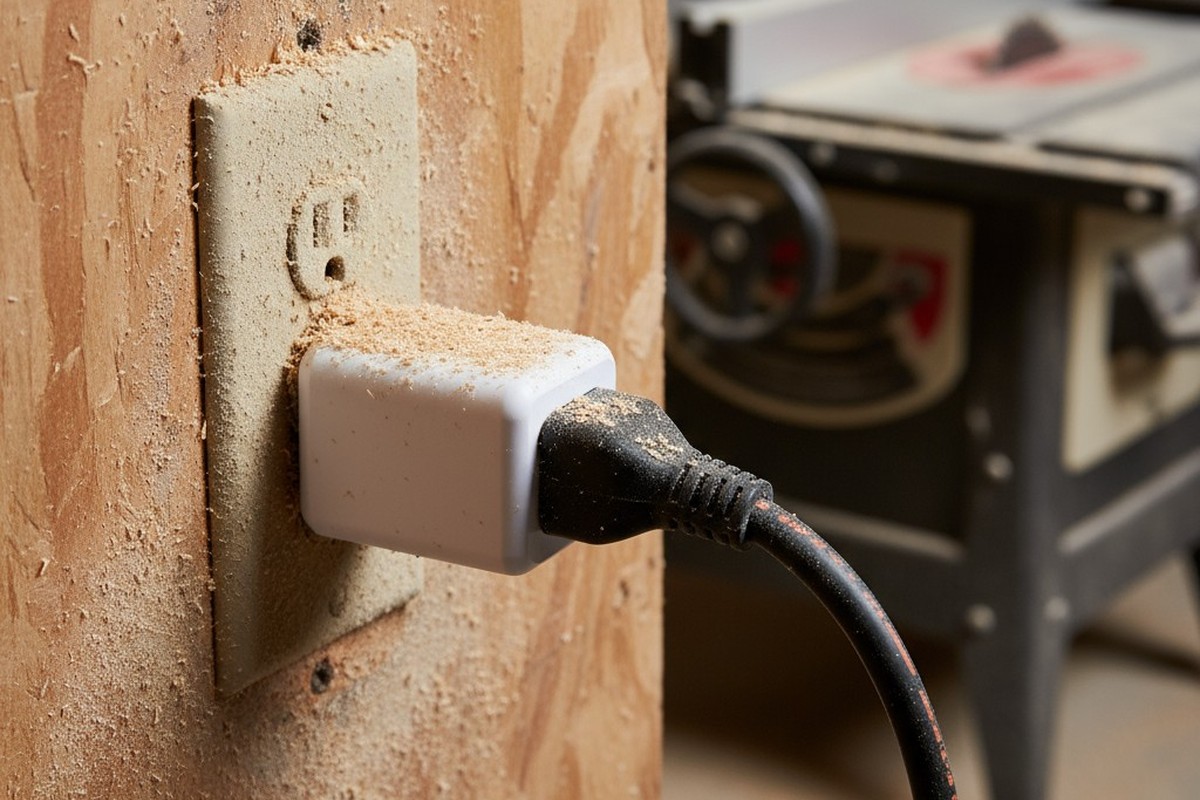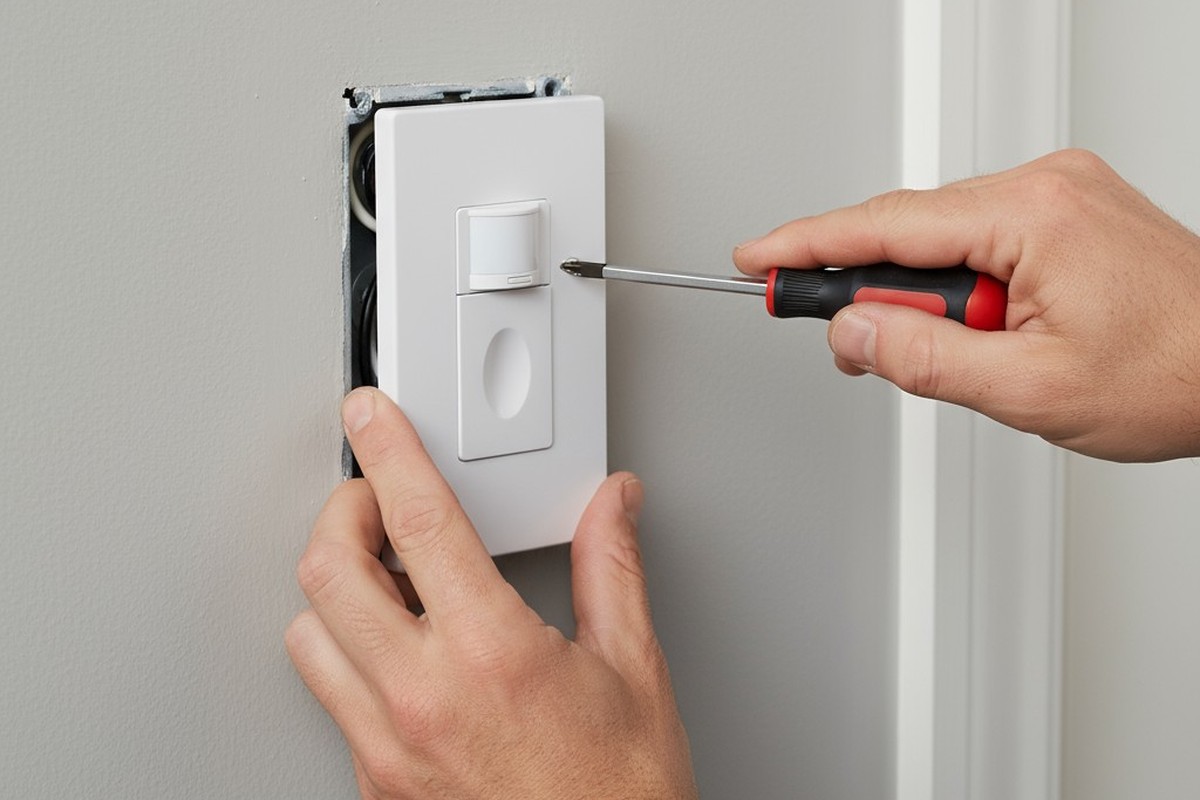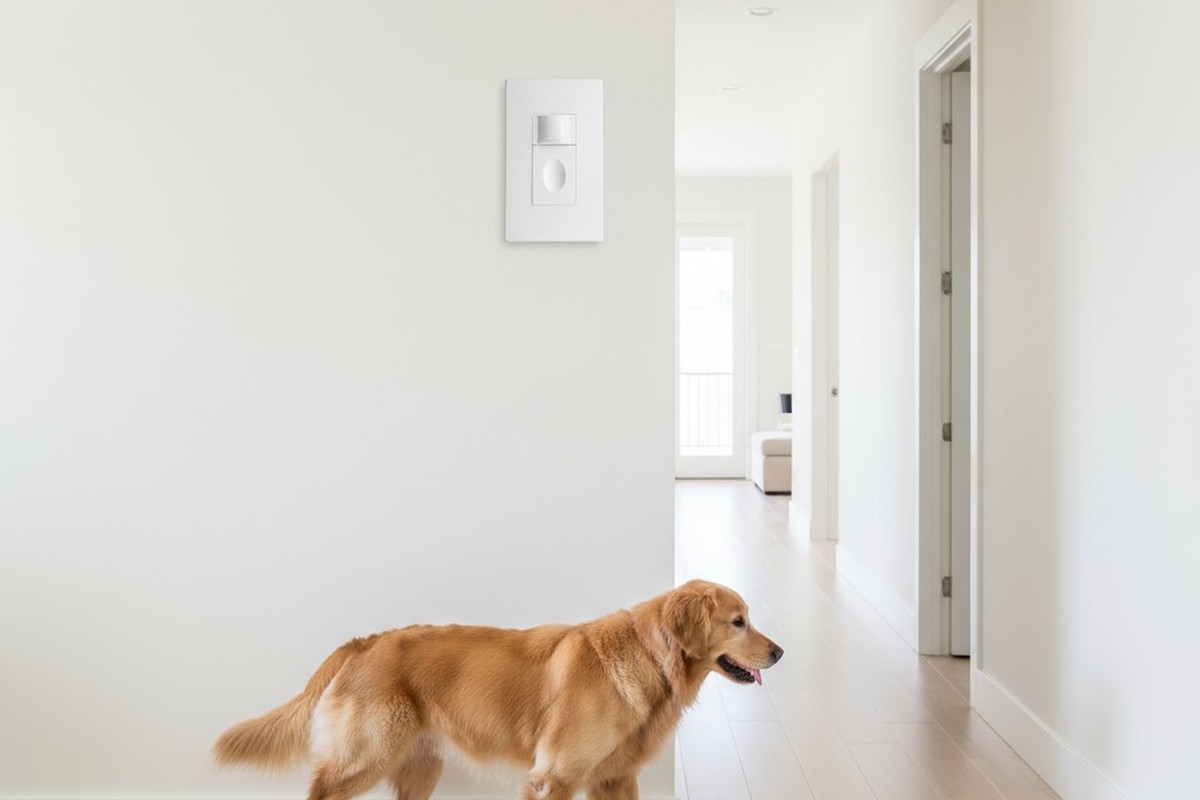חיישני נוכחות וחיישני ריקנות שניהם נועדו לשלוט באופן אוטומטי על תאורה, מה שמוביל לחיסכון באנרגיה ונוחות. עם זאת, הם שונים באופן הפעולה שלהם והיכן הם יעילים ביותר. מאמר זה יפרק את ההבדלים העיקריים בין שני סוגי חיישנים אלה, ויעזור לך להבין איזה מהם מתאים ביותר ליישומים שונים.
- מהם חיישני תפוסה וריקנות
- ההבדלים בין חיישני נוכחות לחיישני ריקנות
- סוגי טכנולוגיות חיישנים
- יישומים
- יעילות אנרגטית ותאימות
מהם חיישני תפוסה וריקנות
חיישני תפוסה וריקנות הם מכשירים שנועדו לשפר את יעילות האנרגיה והנוחות בסביבות שונות על ידי שליטה אוטומטית בתאורה בהתבסס על נוכחות או היעדרות של אנשים בחלל. בעוד ששני סוגי החיישנים משרתים מטרות דומות, הם נבדלים בשיטות ההפעלה שלהם ובפונקציונליות הספציפית שלהם.
חיישני נוכחות הם מכשירים שמדליקים אורות באופן אוטומטי כאשר מזוהה תנועה ומכבים אותם לאחר זמן מוגדר ללא תנועה. חיישנים אלה משתמשים בטכנולוגיות שונות, כגון אינפרא אדום פסיבי (PIR), אולטרסאונד או טכנולוגיה כפולה, כדי לזהות את נוכחותם של אנשים בחדר. כאשר דייר נכנס לחלל, החיישן מפעיל את האורות, ומספק תאורה מיידית. לאחר תקופה מוגדרת מראש ללא תנועה, החיישן יכבה אוטומטית את האורות, ויחסוך באנרגיה כאשר החלל אינו מאוכלס.
חיישני ריקנות דורשים הפעלה ידנית כדי להדליק אורות, אך מכבים אותם אוטומטית לאחר זמן מוגדר ללא תנועה. בניגוד לחיישני נוכחות, חיישני ריקנות אינם מפעילים אוטומטית תאורה כאשר מישהו נכנס לחדר. במקום זאת, הדייר חייב להדליק את האורות באופן ידני באמצעות מתג או התקן בקרה אחר. לאחר שהחדר מתפנה ולא מזוהה תנועה למשך זמן מוגדר, החיישן יכבה אוטומטית את האורות.
קבל השראה מתיקי חיישני התנועה של Rayzeek.
לא מוצא את מה שאתה רוצה? אל תדאג. תמיד יש דרכים חלופיות לפתור את הבעיות שלך. אולי אחד מתיק העבודות שלנו יכול לעזור.
ההבדלים בין חיישני נוכחות לחיישני ריקנות
ההבדל העיקרי בין חיישני נוכחות לחיישני ריקנות טמון בשיטות ההפעלה שלהם. חיישני נוכחות מדליקים אורות באופן אוטומטי כאשר מזוהה תנועה, ומספקים חוויה ללא ידיים. כאשר מישהו נכנס לחדר, החיישן מזהה את נוכחותו ומפעיל את התאורה. הפעלה אוטומטית זו נוחה במיוחד באזורים עם תנועה גבוהה או בחללים שבהם מיתוג ידני עשוי להיות לא נוח או לא מעשי.
לעומת זאת, חיישני ריקנות דורשים הפעלה ידנית של האורות. הדייר חייב להדליק פיזית את האורות באמצעות מתג או התקן בקרה בעת הכניסה לחדר. שליטה ידנית זו מאפשרת למשתמשים להחליט אם תאורה מלאכותית נחוצה בהתבסס על העדפותיהם ועל הזמינות של אור טבעי. חיישני ריקנות הם אידיאליים עבור חללים שבהם דיירים עשויים להעדיף שליטה על התאורה שלהם, כגון משרדים פרטיים או חדרי שינה.
חיישני ריקנות נחשבים בדרך כלל ליעילים יותר באנרגיה. על ידי דרישת הפעלה ידנית, חיישני ריקנות מונעים הפעלות שווא הנגרמות על ידי תנועה חולפת או טריגרים אחרים, ומבטיחים שהאורות נדלקים רק כאשר יש צורך מכוון. שליטה ידנית זו מסייעת למזער צריכת אנרגיה מיותרת.
באשר למקרי שימוש, חיישני נוכחות מתאימים היטב לאזורים עם תנועה גבוהה שבהם הפעלה אוטומטית רצויה, כגון מסדרונות, כניסות ושירותים ציבוריים. חיישנים אלה מספקים נוחות ומבטיחים שהאורות יהיו זמינים בקלות בעת הצורך. מצד שני, חיישני ריקנות הם אידיאליים עבור חללים שבהם שליטה ידנית עדיפה, כגון משרדים פרטיים, חדרי ישיבות או חדרי שינה. הם מאפשרים לדיירים לקבל יותר שליטה על סביבת התאורה שלהם, תוך שהם עדיין נהנים מהתכונות החוסכות אנרגיה של כיבוי אוטומטי.
סוגי טכנולוגיות חיישנים
חיישני נוכחות וריקנות מסתמכים על טכנולוגיות חיישנים שונות כדי לזהות את נוכחותם או היעדרם של אנשים בחלל. טכנולוגיות אלה שונות בשיטות הזיהוי, הרגישות ואזורי הכיסוי שלהן.
חיישני אינפרא אדום פסיביים
חיישני אינפרא אדום פסיבי (PIR) הם הסוג הנפוץ ביותר של טכנולוגיית זיהוי תנועה המשמשת בחיישני נוכחות וריקנות. חיישני PIR מזהים שינויים בקרינת אינפרא אדום הנפלטת על ידי עצמים נעים, כגון החום הנוצר על ידי גוף האדם. כאשר אדם נכנס לשדה הראייה של החיישן, החיישן מזהה את השינוי באנרגיית האינפרא אדום ומפעיל את התאורה המחוברת או מכשירים אחרים.
חיישני PIR הם זולים יחסית ובעלי צריכת חשמל נמוכה, מה שהופך אותם לפתרון חסכוני עבור יישומים רבים. הם יעילים במיוחד בזיהוי תנועה גדולה, כגון אדם שנכנס לחדר. עם זאת, לחיישני PIR יש כמה מגבלות. הם דורשים קו ראייה ישיר כדי לזהות תנועה, מה שאומר שמכשולים או מחיצות יכולים לחסום את הכיסוי שלהם. בנוסף, חיישני PIR עשויים להיות מועדים לכיבוי שווא אם הדייר נשאר דומם למשך תקופה ממושכת, מכיוון שהחיישן עשוי שלא לזהות את התנועות העדינות הקשורות לפעילויות נייחות.
חיישנים אולטראסוניים
חיישני אולטרסאונד משתמשים בגלי קול בתדר גבוה כדי לזהות תנועה בתוך חלל. חיישנים אלה פולטים גלי אולטרסאונד ומודדים את הזמן שלוקח לגלים לחזור. כאשר דייר נע בטווח של החיישן, גלי הקול משתקפים בתדר שונה, מה שמצביע על נוכחות של תנועה.
מחפשים פתרונות לחיסכון באנרגיה המופעלים בתנועה?
פנו אלינו לקבלת חיישני תנועה מלאים PIR, מוצרים לחיסכון באנרגיה המופעלים בתנועה, מתגי חיישני תנועה ופתרונות מסחריים לתפוסה/פנויה.
חיישני אולטרסאונד רגישים מאוד ויכולים לזהות אפילו תנועות קלות, כגון הקלדה על מקלדת או דפדוף בספר. הם יכולים לזהות תנועה סביב פינות ובאמצעות מכשולים, ומספקים כיסוי מקיף יותר בהשוואה לחיישני PIR. עם זאת, לחיישני אולטרסאונד יש צריכת חשמל גבוהה יותר ועשויים להיות רגישים יותר להפעלות שווא הנגרמות על ידי תנועת אוויר או גורמים אחרים שאינם דיירים.
חיישנים דו-טכנולוגיים
חיישנים דו-טכנולוגיים משלבים טכנולוגיות PIR ואולטרסאונד כדי לשפר את דיוק ואמינות זיהוי התנועה. באמצעות שתי שיטות החישה בו זמנית, חיישנים דו-טכנולוגיים יכולים למזער טריגרים שווא ולשפר את הביצועים הכוללים.
בחיישן דו-טכנולוגי, רכיב ה-PIR מזהה תנועה גדולה, בעוד שרכיב האולטרסאונד מזהה תנועות קלות. החיישן דורש משתי הטכנולוגיות לאשר נוכחות לפני הפעלת התאורה או המכשירים המחוברים. שילוב זה מסייע להפחית הפעלות שווא הנגרמות על ידי גורמים שאינם דיירים, כגון זרמי אוויר או עצמים נעים.
חיישנים דו-טכנולוגיים מציעים את היתרונות של טכנולוגיות PIR ואולטרסאונד כאחד, ומספקים כיסוי מקיף ודיוק משופר, אך הם יקרים יותר מחיישנים בטכנולוגיה יחידה עקב שילוב של שיטות חישה מרובות.
אולי אתה מעוניין
יישומים
חיישני נוכחות וריקנות מוצאים יישומים במגוון רחב של סביבות, כל אחת עם דרישות ושיקולים ספציפיים. הבנת מקרי השימוש האידיאליים עבור כל סוג של חיישן מסייעת בבחירת הפתרון המתאים ביותר עבור חלל נתון.
יישומים אידיאליים עבור חיישני נוכחות
חיישני נוכחות מתאימים היטב לאזורים עם תנועה גבוהה שבהם הפעלת תאורה אוטומטית רצויה. כמה יישומים נפוצים כוללים:
- מסדרונות וכניסות: חיישני נוכחות מבטיחים שהאורות נדלקים אוטומטית כאשר מישהו נכנס לחלל, ומספקים תאורה מיידית ומשפרים את הבטיחות.
- שירותים ציבוריים: הפעלת תאורה אוטומטית בשירותים משפרת את ההיגיינה על ידי הפחתת הצורך במיתוג ידני ומבטיחה שהאורות לא יישארו דולקים שלא לצורך.
- חדרי ישיבות וחללי פגישות: חיישני נוכחות יכולים להדליק אורות באופן אוטומטי כאשר אנשים נכנסים לחדר, וליצור סביבה מזמינה ולחסוך באנרגיה כאשר החלל אינו מאוכלס.
- כיתות לימוד ומתקני הדרכה: בקרת תאורה אוטומטית בחללים חינוכיים מסייעת לשמור על סביבת למידה נוחה תוך מזעור בזבוז אנרגיה.
- אזורי משרדים פתוחים: חיישני נוכחות יכולים לשלוט על התאורה בחללי עבודה משותפים, ולהבטיח שהאורות דולקים רק בעת הצורך ולהפחית את צריכת האנרגיה בתקופות לא מאוכלסות.
יישומים אידיאליים עבור חיישני ריקנות
חיישני ריקנות מתאימים ביותר לחללים שבהם שליטה ידנית בתאורה עדיפה ולדיירים יש נוכחות צפויה יותר. כמה יישומים אידיאליים כוללים:
- משרדים פרטיים: חיישני נוכחות מאפשרים לאנשים לשלוט באופן ידני בתאורה שלהם בהתבסס על העדפותיהם ועל זמינות האור הטבעי, תוך שהם עדיין נהנים מכיבוי אוטומטי כאשר החלל אינו מאוכלס.
- חדרי שינה: הפעלה ידנית של תאורה בחדרי שינה מספקת לדיירים שליטה רבה יותר על סביבת השינה שלהם, בעוד שתכונת הכיבוי האוטומטי מבטיחה שאורות לא יישארו דולקים שלא לצורך.
- חדרי אמבטיה: חיישני נוכחות בחדרי אמבטיה מאפשרים למשתמשים להפעיל תאורה לפי הצורך, ומפחיתים את בזבוז האנרגיה ומספקים חוויה אישית יותר.
- מחסנים ואזורי שירות: הפעלה ידנית של תאורה בחללים אלה מונעת צריכת אנרגיה מיותרת, מכיוון שאורות נדלקים רק כאשר הדיירים דורשים אותם בכוונה.
יעילות אנרגטית ותאימות
חיישני נוכחות ואי-נוכחות מקדמים יעילות אנרגטית ומבטיחים עמידה בתקנות ותקנים של אנרגיית בניין. על ידי שליטה אוטומטית בתאורה בהתבסס על נוכחות או אי-נוכחות, חיישנים אלה עוזרים להפחית את צריכת האנרגיה ולתרום לשיטות בנייה בנות קיימא.
חיסכון האנרגיה המושג באמצעות שימוש בחיישני נוכחות ואי-נוכחות יכול להיות משמעותי. על פי המעבדה הלאומית לורנס ברקלי, אסטרטגיות בקרת תאורה מבוססות נוכחות יכולות לגרום לחיסכון ממוצע באנרגיית תאורה של 24%. המשמעות היא שעל ידי יישום חיישני נוכחות או אי-נוכחות, בניינים יכולים להפחית את צריכת אנרגיית התאורה שלהם בכמעט רבע, מה שמוביל לחיסכון משמעותי בעלויות ולהטבות סביבתיות.
הם גם תורמים לעמידה בתקנות ותקנים של אנרגיית בניין. תקנות אנרגיה רבות, כגון קוד השימור הבינלאומי לאנרגיה (IECC) ו-ASHRAE 90.1, מחייבות שימוש בבקרות כיבוי אוטומטיות לתאורה בסוגי חללים שונים. קודים אלה מציינים את עיכוב הזמן המרבי עבור חיישני נוכחות ומחייבים שימוש בהפעלה ידנית או הפעלה חלקית ביישומים מסוימים. עמידה בתקנות אנרגיה לא רק מבטיחה שבניינים פועלים ביעילות אלא גם עוזרת לקדם שיטות קיימא ולהפחית את ההשפעה הסביבתית הכוללת של הסביבה הבנויה.
במחקר שנערך על ידי משרד המסחר של מינסוטה, התקנת חיישני נוכחות בבניין משרדים גדול הביאה להפחתה של 30% בצריכת אנרגיית תאורה. באופן דומה, פרויקט מחקר של המעבדה הלאומית של צפון מערב האוקיינוס השקט מצא כי השימוש בחיישני נוכחות בבניין כיתות אוניברסיטאי הוביל להפחתה של 50% בשימוש באנרגיית תאורה בתקופות לא מאוכלסות.

